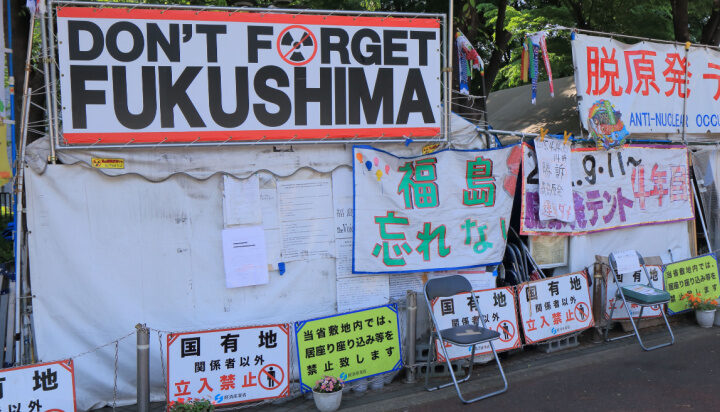A new green solution has been discovered to help the city of Fukushima recover from the catastrophic nuclear disaster that happened twelve years ago.
Biomass Resin, a Tokyo-based company, has opened a factory in Namie, a nearby town, to convert locally grown rice that cannot be sold for consumption due to health concerns into low carbon plastic used by major firms across Japan.
The rice is transformed into low carbon plastic cutlery and takeaway containers used in restaurants, plastic bags at post offices and souvenirs sold at one of Japan’s largest international airports.
Before this innovation, the rice was used as animal feed or for other purposes because it was challenging to sell given Fukushima’s reputation.
After the disaster, the area was uninhabitable until 2017 and decontamination efforts resulted in tonnes of radioactive soil being stored around the town for years.
Even today, 80% of the town’s land remains off-limits and the population has significantly declined from 21,000 to fewer than 2,000 people.
You can read more about how the situation has evolved in the Japanese city since the disaster in a long feature piece published a decade on.
Since 2017, eight companies have set up shop in the area, creating about 200 jobs. Biomass Resin is one of these.
Although its plastic isn’t biodegradable, using rice instead of petroleum reduces the overall carbon footprint. Moreover, growing more rice in Namie can help lower atmospheric carbon dioxide levels, the company has said.
Rice naturally contains little radioactive cesium and the plastic pellets have passed strict testing requirements to be used across Japanese industry.
Overall, the conversion of unsellable rice into low carbon plastic not only benefits the environment but also helps boost the economy of the Fukushima area.
Takemitsu Imazu, President of Biomass Resin Fukushima, said: “Namie was hit by four disasters – the quake, the tsunami, the reactor accident and then rumours about radiation danger.
“It’s mostly recovered from the quake and tsunami but the other two are still heavy burdens. By building our factory here, we want to bring jobs and invite people back.”






